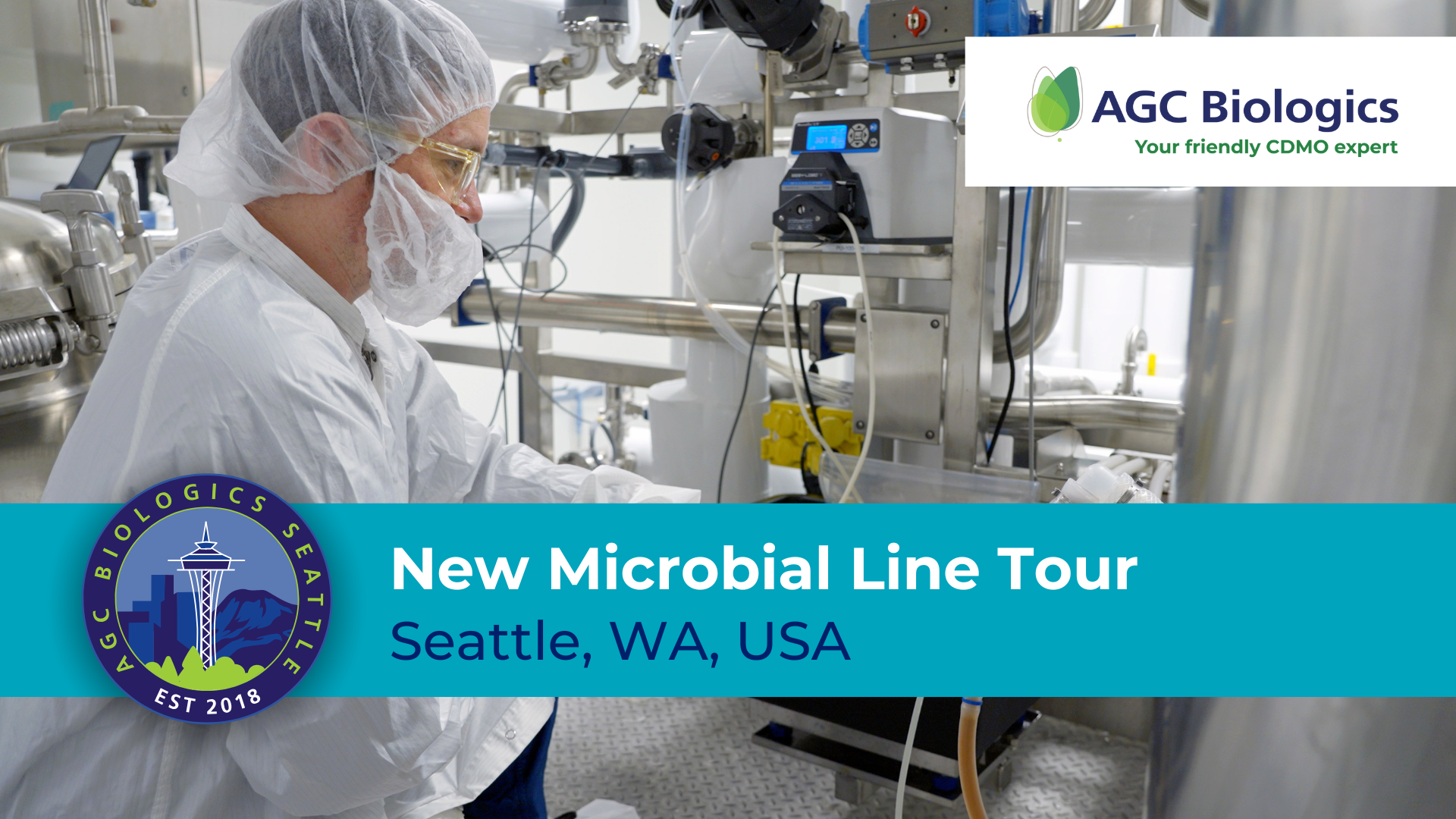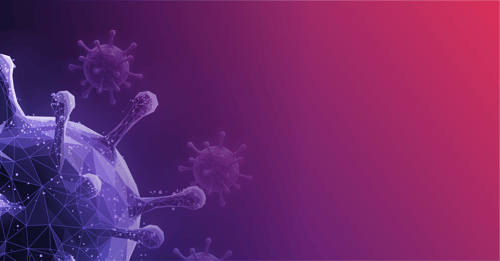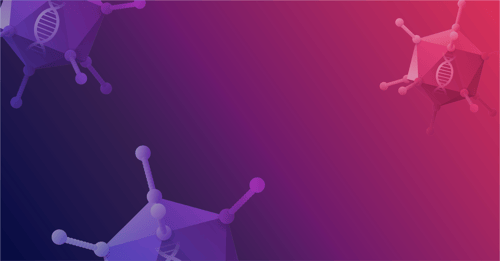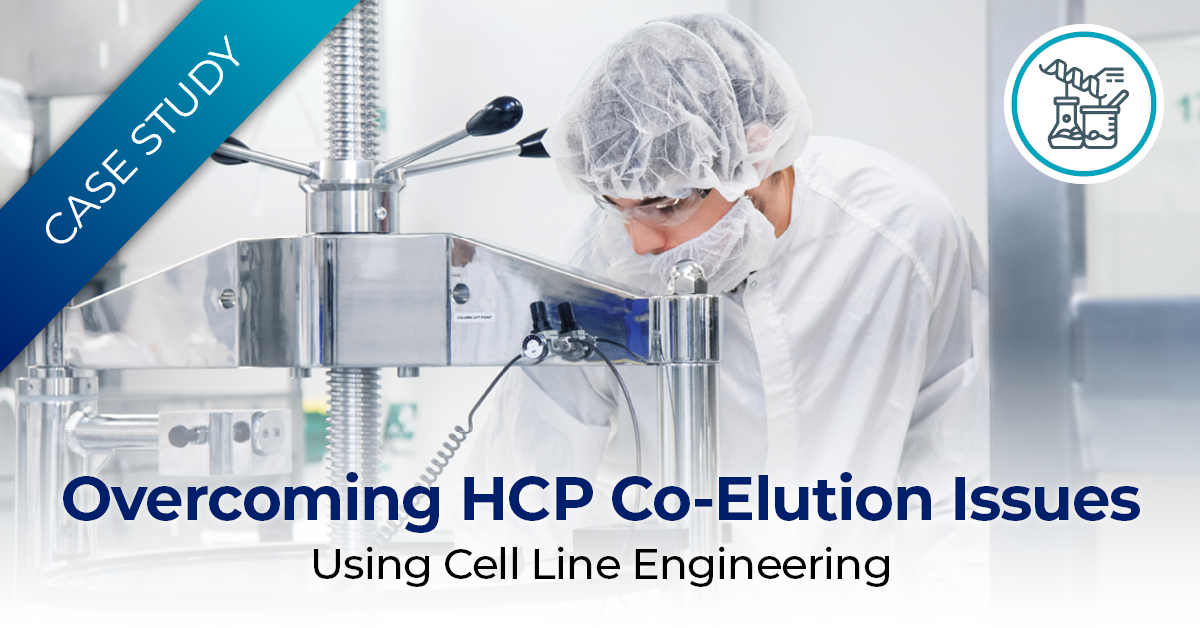3 min read
Vector Viewpoints: Building Proprietary Cell Lines for High-Titer AAV Manufacturing
Nick McDonald March 29, 2024 at 2:00 PM
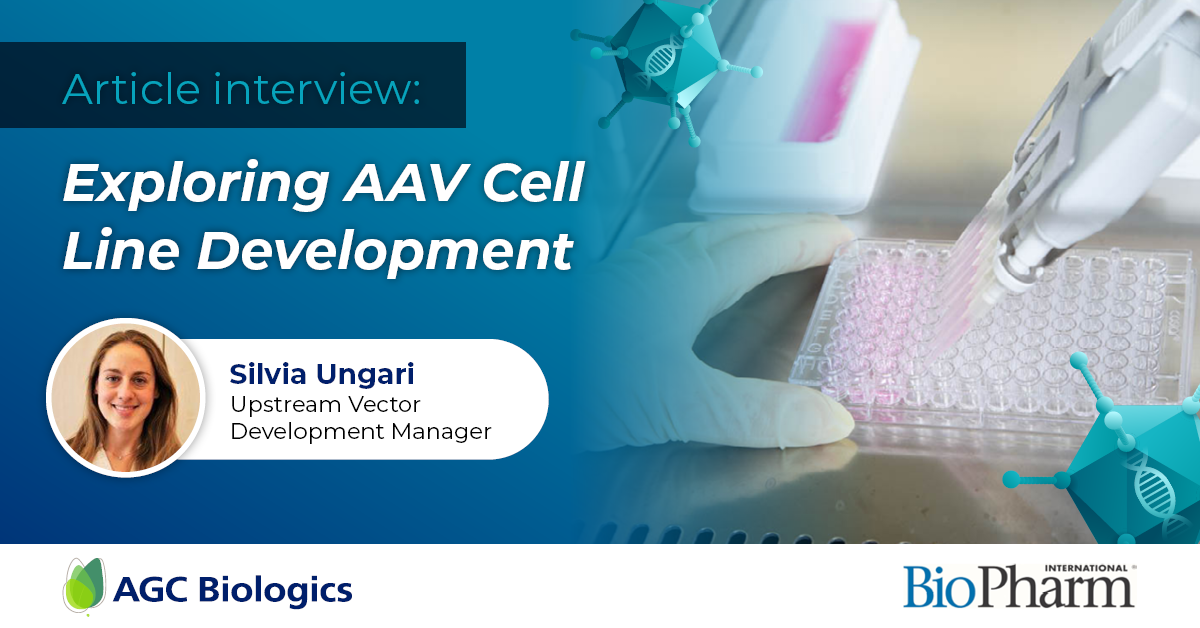
Explore how to build sustainable and scalable AAV cell lines
The growing demand for adeno-associated viral (AAV) vectors in therapeutic applications emphasizes the need for scalable and more efficient manufacturing methods. However, building a sustainable, scalable method for manufacturing is a challenge many developers and CDMOs alike, have yet to master.
For a recent article in BioPharm International AGC Biologics’ Syliva Ungari, Upstream Vector Development Manager, sat down to provide her thoughts on the future of cell line development (CLD) for AAVs, advantages to clonal selection, genetic engineering considerations, packaging vs. producer cell lines, hurdles to overcome, cost and access, and more.
Ungari is an important leader at AGC Biologics’ Cell and Gene Center of Excellence in Milan and our vector production team. Below are several key insights and quotes from her AAV developers can learn from as they chase clinical and commercial goals.
The Benefits of Clonal Selection
As one of the more widely used approaches to CLD for AAVs, Ungari noted several key considerations in the article, including the ideal scenario of selection and cloning being coupled with imaging technology:
Ideally, Ungari observes, selection and cloning are coupled with some type of imaging technology to provide documentation of single-cell sorting and growth, which allows for demonstration of final monoclonality in a single cloning run. Fluorescence-activated cell sorting (FACS) is an advanced method that enables the isolation of individual cells based on specific fluorescence markers that correlate in some way to higher vector titers, providing a means to select cells with particular characteristics, she notes.
She also provided some insights into one of the key advantages of utilizing single-cell sections and cloning – avoiding the need for genetic engineering.
“The optimization of a cell line for AAV production via the selection of clones from a bulk population with improved viral protein expression, or packaging efficiency, or other positive mechanisms resulting in an overall increased productivity, allows the identification of naturally occurring high-performing clones without genetic manipulation. These cells are more readily approved by regulatory agencies, potentially expediting the approval process for AAV production."
The Suitability of producer cell lines for large-scale production and commercialization
In agreement with one of her industry colleagues featured in the article, Ungari discussed why stable cell lines may provide the best option for scaled production and commercialization.
“Stable cell lines prove to be better suited for advanced stages of clinical trials or commercial production, particularly due to the considerable time investment needed for their establishment and the requirement for a finalized process. An advantage is that in these phases, higher volumes of vector may be needed, which can be more easily produced in a stable manner.”
Cell type – Using the right one matters!
Although all cell types can be enhanced from CLD efforts, there are distinct differences to consider when evaluating insect and mammalian cells.
“Cell-line development for [insect cells] tends to focus on facilitating efficient viral entry or evading the anti-viral immune response, according to Ungari. Mammalian, and more specifically human cell lines, used for transient transfection processes, meanwhile, present process intensification challenges, Youssef notes. As a result, proprietary cell lines often are customized for improved transfection efficiency, Ungari remarks. “It is therefore crucial to tailor the optimization of each cell line according to its specific manufacturing process and specific product,” she concludes.
Strike the right balance between titers and potency
When considering the different trade-offs to manage, Ungari pointed out a key factor when deciding what to balance in your process.
“For one thing, introducing a new cell line into an existing process necessitates a revision of the timing and steps in the process and may impact downstream processing requirements, raw-material consumption and costs, and full/empty capsid ratios, which can potentially affect the overall potency, safety, and therapeutic effectiveness of the AAV product, according to Ungari. There can also be a threshold beyond which higher titers do not afford proportional therapeutics effects.”
“Aiming for higher AAV titers in the production process inevitably involves finding a delicate balance with other crucial factors. Striking the right balance between titers and potency, in particular, becomes essential in the optimization process.”
The key to CDMO selection: balancing cost, access and scientific expertise
If you are in the market for a CDMO for your AAV cell line or platform process, there are a few key areas that Ungari recommends for developers – and it starts with scientific teams that have done it before. In this section, she gives an overview of the ways AGC Biologics and its Milan Cell and Gene Center of Excellence can help meet this need:
“AGC Biologics actively develops proprietary cell lines that seamlessly integrate with its production platforms, are meticulously designed to align with GMP standards, and are inclusively provided within the batch pricing structure. Simultaneously, the company uses cell lines developed by its clients, often with some fine-tuning, and offers clients the option of elevating their R&D cell banks to GMP status. “This flexibility underscores our commitment to providing comprehensive solutions that cater to the diverse needs and preferences of our partners within the biopharmaceutical industry.”
We encourage you to read the full article at https://www.biopharminternational.com/view/proprietary-cell-line-development-for-high-titer-aav-manufacturing.
